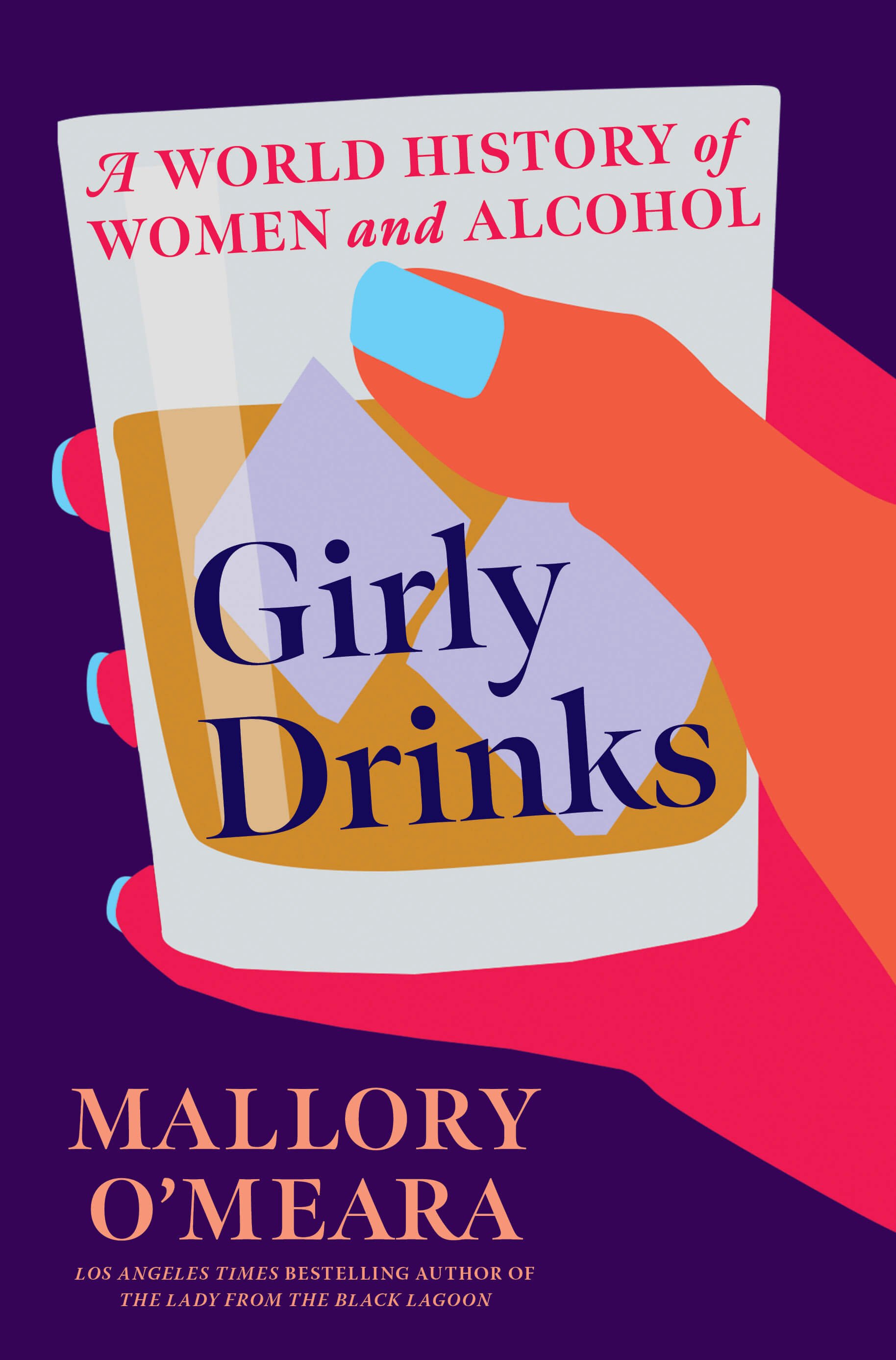Girly Drinks Book Review
Each chapter in Mallory O’Meara’s Girly Drinks: A World History of Women and Alcohol is named for an important woman in drink history, from Cleopatra to Catherine the Great to Julie Reiner, but the book is not about just fifteen women. Nor is it only about women who made great strides in improving or promoting alcohol, or women who were anti-alcohol crusaders. Unlike most other books ostensibly on the same topic, Girly Drinks includes more information on how alcohol (and laws and culture around alcohol) impacts women, not just the other way around.
We learn of women’s treatment in early ancient Rome when it was legal for a husband to divorce a wife a wife who consumed alcohol. We see time and time again in beer brewing countries (from England to parts of Africa) that women were responsible for brewing beer for the family in the home but any time that the operation was monetized, or a ruling government thought they could get more money by selling their own, the practice was outlawed. Which often left women without the extra income they’d earn for the family. A refrain often repeated by O’Meara in the book is that women are usually tasked with the full responsibility for taking care of their family but given none of the power to ensure it.
Girly Drinks is not by a long shot just a list of bummers and injustices; the book is written with great humor. The chapter on the Early Middle Ages begins, “When you think of a bitter, hoppy beer, you probably picture some bearded hipster guy holding it. Maybe he’s leaning on the edge of the bar, explaining craft beers and IPAs to you. Maybe you’re making an excuse to go to the bathroom so you can crawl out the window.” The chapter then goes on to introduce Hildegard von Bingen, who in the 12th century wrote about the medicinal as well as preservative properties of hops in brewing.
Mallory OMeeara Author Photo Credit Allan Amato
Along with von Bingen, we meet other famous women in the history of alcohol like Carry Nation and Ada Coleman. And we meet many other not-yet-famous characters as well: businesswomen, bartenders, master blenders, bootleggers, reformers, actors and singers, distillery managers, and more. In fact, one of the strongest parts of the book is the large cast of characters (as well as topics) to which O’Meara introduces us, many of whom have been left out of the narrative thus far.
The book also addresses the culture and perception of women who drink in different historical eras including the modern era, the chapters in which O’Meara discusses the impact of Bridget Jones’ Diary on sales of wine, the exploitation in the Girls Gone Wild series, and other gendered acts of alcohol consumption. Other modern cultural milestones include wine coolers, date rape drugs, Sex and the City, and Skinnygirl Margaritas.
While Girly Drinks is a wide-ranging survey of women in alcohol and women impacted by alcohol, it is not an academic thesis on the matter. There are some small factual inaccuracies, not a lot of cited sources, and several conclusions seem like a stretch to extrapolate from the data. To the casual reader, these will likely go unnoticed; I found myself turning to Google in between sections not for fact-checking but inspired by the material to learn more about various people and places mentioned in the book. As we rethink the history of alcohol in light of the awareness that a whole lot of people who are not white men were left out of it, books including Girly Drinks should play an important part in helping to fill in many of the gaps.


